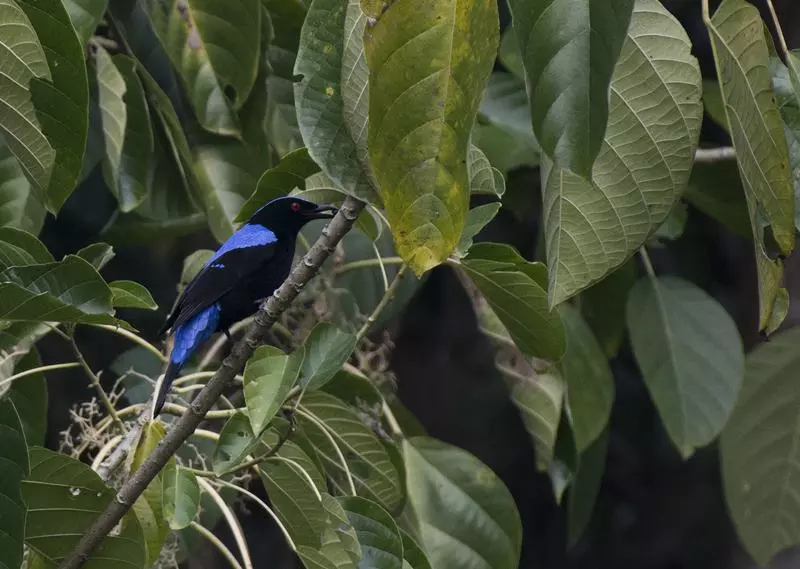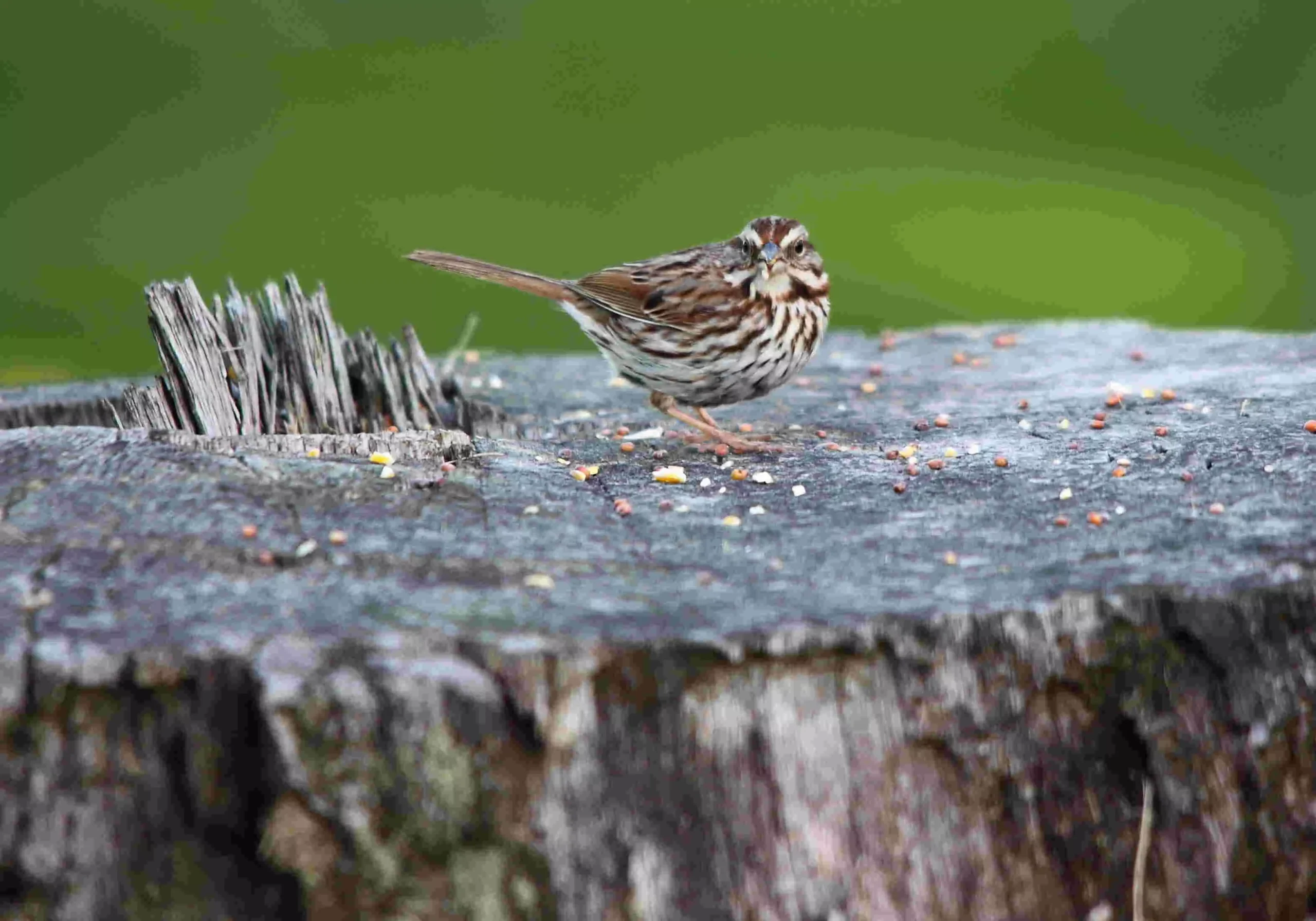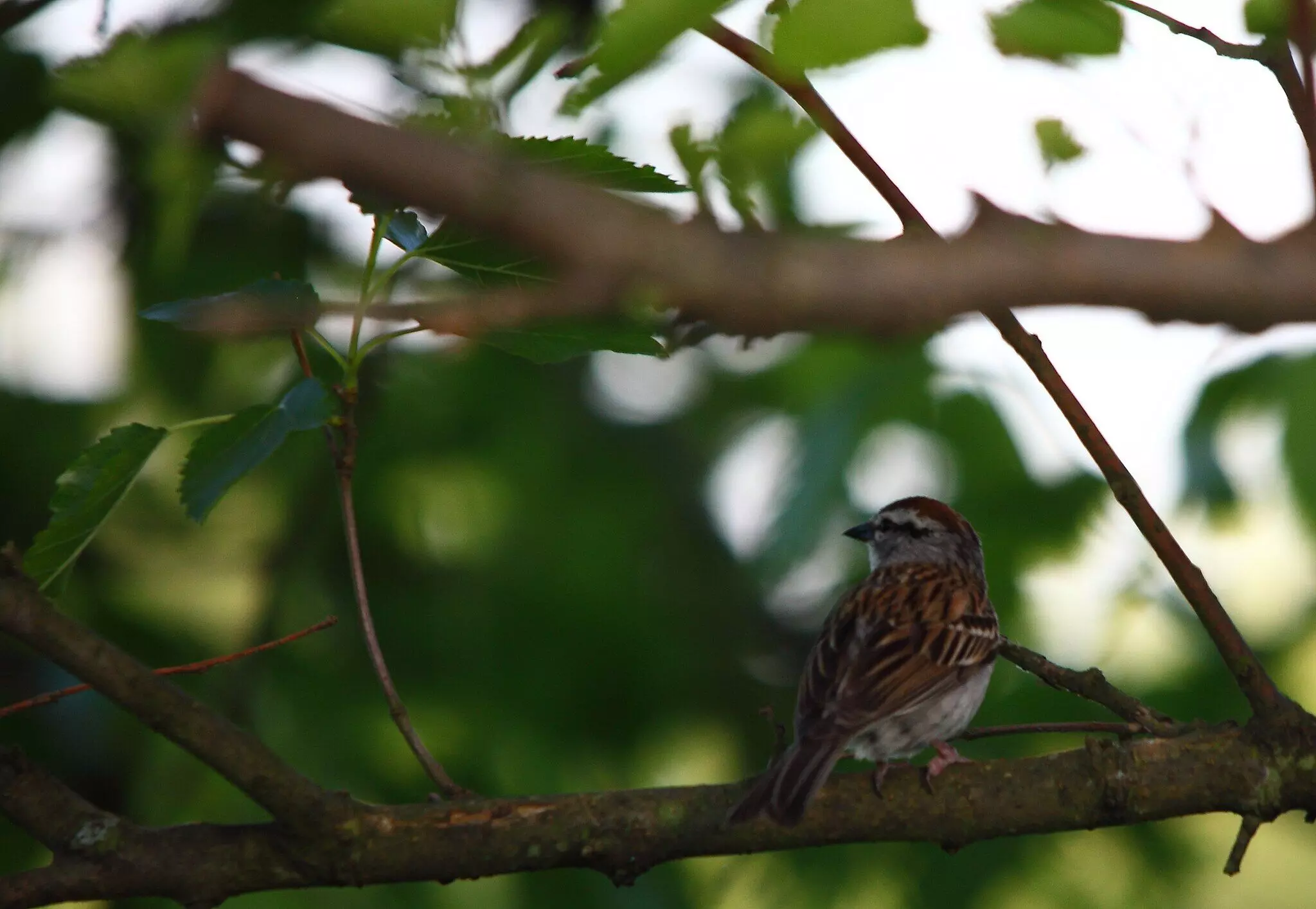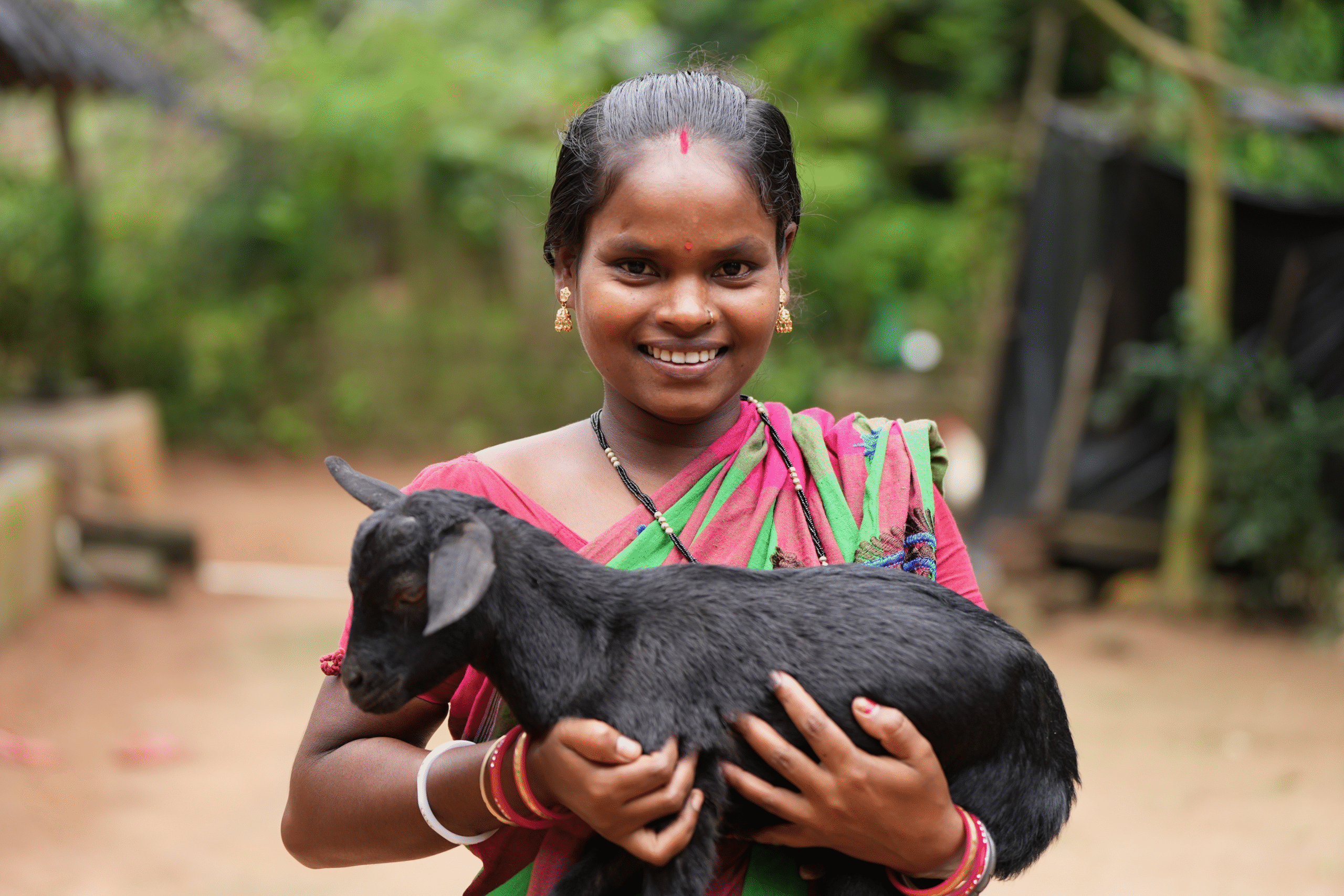What are your earliest memories of nature and wildlife? I grew up in cities, but I do remember a langur once entering our house; a kingfisher and golden oriole seen from our balcony; catching fireflies in the dark and watching them twinkle.
Children have an innate affinity to nature and a curiosity about the natural world. Unfortunately, this connection is often lost when growing up. If nurtured, however, a child’s association with nature can last a lifetime and lead to several physical and emotional benefits.
There is a growing body of research indicating that direct exposure to nature is essential for healthy childhood development, and improves focus, observation skills and mental health.
On the other hand, the lack of nature exposure that is an alarming aspect of modern life results in what has been called ‘nature deficit disorder’, which is linked to various childhood trends like a rise in obesity, depression and attention disorders.
DOWNLOAD FREE COPY OF CONNECTIONS, GAON CONNECTION’S BILINGUAL MAGAZINE FOR KIDS
But what is nature and how can one connect with it? Contrary to what we might think, nature and wildlife isn’t just out there in the forests and wildlife sanctuaries but really all around us in the form of insects, reptiles and birds. Watching birds is an easy way to get children outdoors, whether it is to a neighbourhood lake or park, or in the school campus.

Children have an innate affinity to nature and a curiosity about the natural world. Unfortunately, this connection is often lost when growing up.
Birds provide a window to nature: they remind us of our connection to the planet. They excite our curiosity and our imagination with their beautiful colours and their enchanting songs. Many birds undertake heroic feats of migration annually, but even their everyday behaviours can provide an endless source of enjoyment and inspiration to us all.
“Birdwatching is your lifetime ticket to the theatre of nature.”
If you are a teacher or a parent wanting to bring your students or child closer to the natural world, birds can be a perfect starting point in this journey. Don’t feel limited by your own lack of knowledge, as you don’t need to be an expert. All you need is an open mind and a lot of patience and curiosity to attune your eyes and ears to the avian sights and sounds around you!
In fact, discovering and learning about birds together with your students can be an immensely rewarding and enjoyable experience for all.
“Live as if you were to die tomorrow; learn as if you were to live forever” – Mahatma Gandhi
Binoy is a teacher in a Government middle school in Nazira Assam. His own interest in birds led him to design different activities for the school children. One of the most popular activities is called ‘Bird Bingo’ where he makes small groups of 3-4 children, gives them a Bingo sheet, a pencil and a notebook and sends them out to explore the school campus.
While playing the game they also make notes of whatever they observe on the walk. Children are encouraged to share their experiences once they are back in the classroom. There are small prizes for the winners.
Activities like ‘Bird Bingo’ that don’t focus on identification of birds/ nature but on careful observation and documentation can be a good way to get children to explore the natural world around them.

Discovering and learning about birds together with your students can be an immensely rewarding and enjoyable experience for all.
Games are a valuable tool to make learning fun, and there are many innovative ones developed by Indian wildlife conservation organisations as educational resources.
‘What’s That Bird?’ is a flashcards game that introduces 40 common bird species that are found in India. ‘Shell shocker’ is a card game about turtles, while ‘Snake-a-doo’ is a twist on snakes and ladders, designed for snake awareness. These can be purchased online, but there are also many free resources that you can download and print yourself for use in your classroom.
Using art and creative activities also works wonders with children of all age groups. Art stimulates children to observe, feel, and become more sensitive while allowing them to use all their senses.
You can introduce children to nature journaling or experiment with craft, poetry and skits about nature. Children can create their own puppets out of waste material, come up with stories and put up a performance for the school.
A bird/nature themed event could be planned to coincide with any of these days: World Environment Day (June 5th), Dr. Salim Ali’s birthday, celebrated as National Birdwatching Day in India (Nov 12th), Great Backyard Bird Count (Feb 16-19th, 2024).
None of these activities requires a knowledge of bird identification. However, it may be helpful for the educator to be familiar with the common birds of India, their natural history, and any cultural references that may particularly resonate with those new to birds.
A broad familiarity with these aspects will allow you to be flexible in your education work, adjusting what you talk about depending on what your audience seems most interested in. For example, if a child asks you about the intelligence of crows, you might recall the Panchatantra story about the crow and the pitcher of water.

In the words of educationist David Sobel – “If we want children to flourish, to become truly empowered, then let us allow them to love the earth before we ask them to save it.”
There are several simple resources that you can refer to while learning about the common birds in your neighbourhood. There are free apps which give you guidance in this regard. The most popular one is Merlin, which you can use to browse through the birds of your area, and read about their behaviour and calls.
There are also interactive posters available online from Early Bird, which can be accessed on your phone, which play the bird call when the bird is clicked, and list the bird names in many different Indian languages. All these different resources are listed below for your reference.
If you live in a big city, chances are that there are several birdwatchers in your area already, and there may be different groups conducting free walks on weekends to urban lakes and parks. Join such a group to accelerate your learning and get identification tips from experts.
Over time, you will find yourself equipped to lead bird walks for children and engage them in different aspects of appreciating birds and nature. You can even come up with ways to connect your classroom teaching to birds and nature.
Despite all the pressures of the curriculum and academics, it is possible to create meaningful nature experiences within the classroom. In this age of climate uncertainty, it is critically important that our children connect with nature, because awareness leads to curiosity, empathy and finally a love for the natural world, which will guide them to make better choices for themselves and for our changing planet.
In the words of educationist David Sobel – “If we want children to flourish, to become truly empowered, then let us allow them to love the earth before we ask them to save it.”
Here are some resources to help in your journey:
- Purchase the ‘What’s That Bird?’ set of flashcards here: ncf.myinstamojo.com
- Purchase ‘Shell Shocker’ and ‘Snake-a-doo’ here: pashoopakshee.com
- The ‘Joy of Learning’ handbook from Center for Environment Education describes art, craft and games for children. Download it at arvindguptatoys.com/arvindgupta/joynew.pdf
- The ‘Handbook for Bird Educators’ gives an introduction to birds and compiles activities from various sources. Download it at early-bird.in/handbook
- The biodiversity booklet published by Wipro Earthian has ideas for nature related short-term and long-term projects that can be taken up in the school. Download it at issuu.com/wiprofoundation/docs/sustainability_and_biodiversity_booklet
- Get started with nature journaling using the resources on the website of John Muir Laws: johnmuirlaws.com
- Learn to sketch a bird, among other art/creative activities, through this set of videos on YouTube: bit.ly/art-activities
- The Storyweaver platform run by Pratham Books is a free repository of thousands of stories which you can browse and read aloud to children. Storyweaver.org.in
- Become familiar with the birds around your school campus through these interactive, mobile-friendly posters in different languages: early-bird.in/interactive
- Install the free app Merlin on your phone. Download the pack relevant to your region to browse through the birds in your area: merlin.allaboutbirds.org
- Find a birdwatching group in your region: birdcount.in/events/regular-birding-events
Garima Bhatia is a Bengaluru-based birdwatcher and photographer who heads Early Bird (early-bird.in), a non-profit initiative to connect children with birds.



















